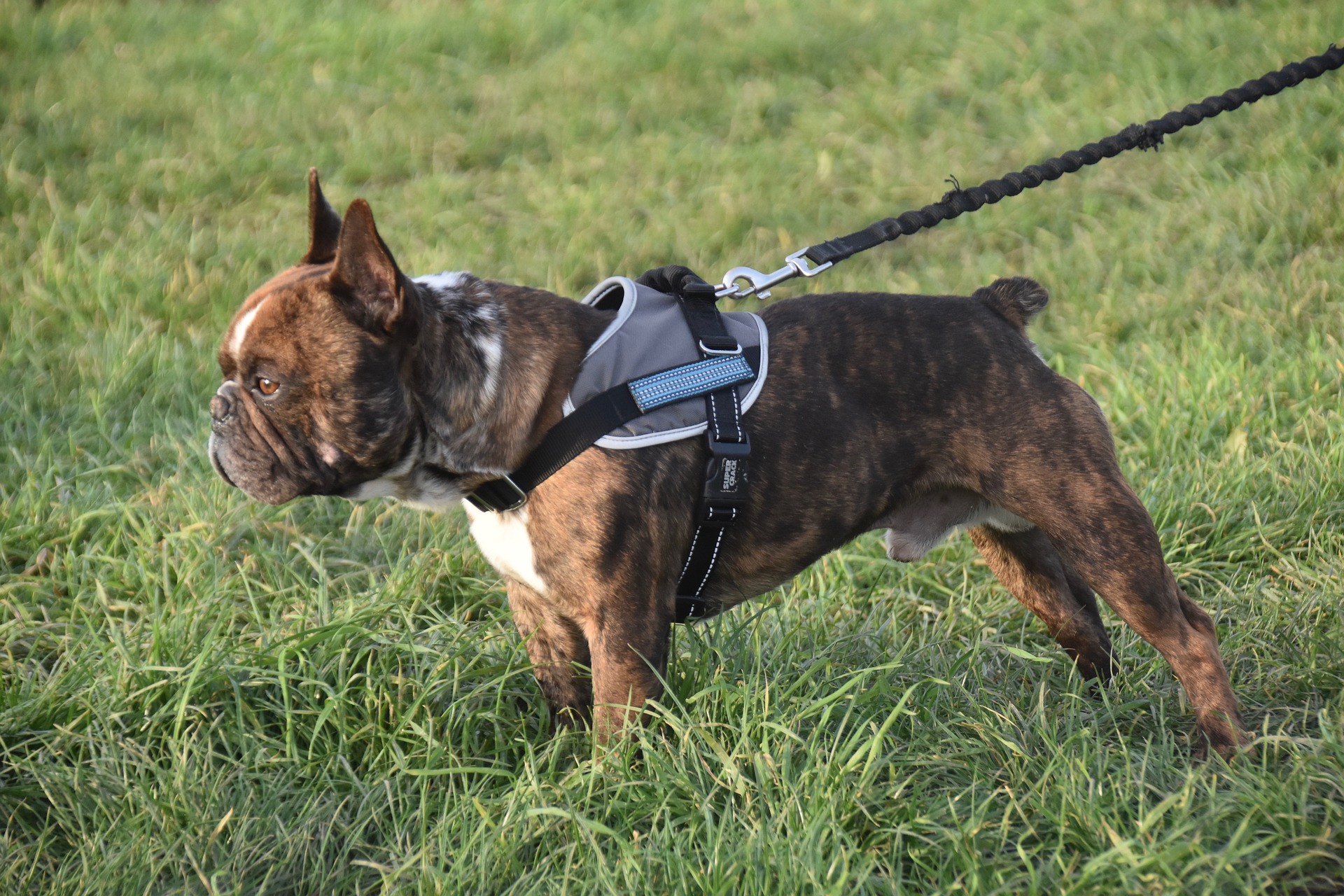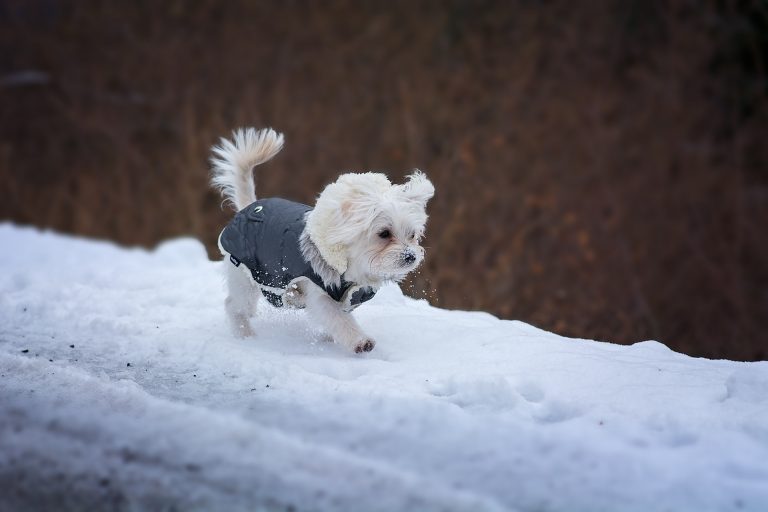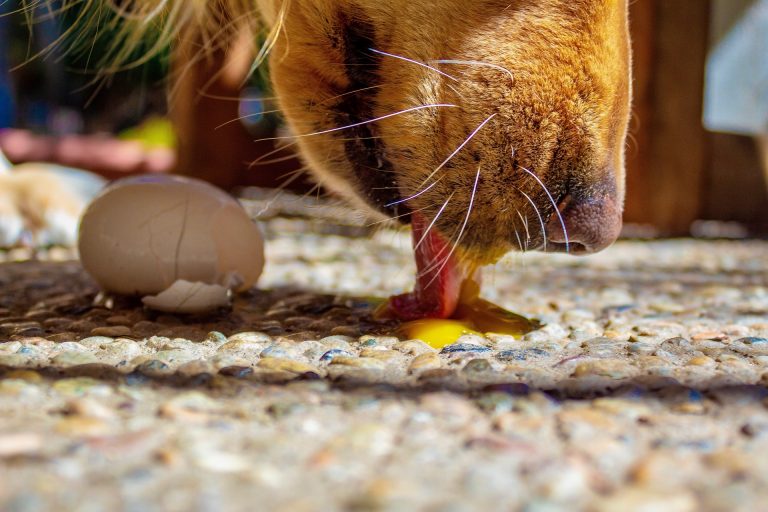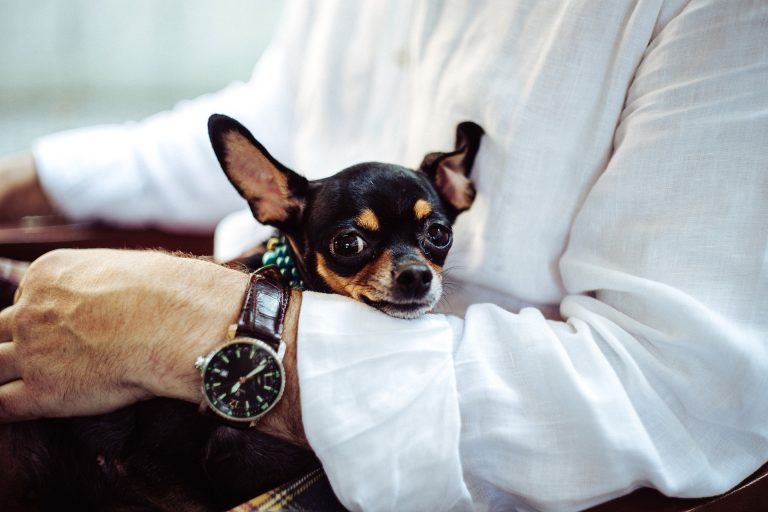The Ultimate Guide to Dog Harnesses: Choosing the Perfect Fit for Your Dog
Walking your dog should be an enjoyable experience for both you and your furry friend. A dog harness is a valuable tool that ensures comfort, control, and safety during your walks. With a variety of options available, finding the perfect harness can make a significant difference in your dog’s walking experience. In this comprehensive guide, we will explore the benefits of using a dog harness, discuss different types of harnesses, and provide tips for selecting the right one for your dog. Additionally, we will cover essential techniques for using a dog harness effectively to ensure a secure and enjoyable walking routine. By understanding the importance of a well-fitted harness and the right techniques, you can enhance your dog’s walking experience and strengthen the bond between you.
Benefits of Using a Dog Harness
Using a dog harness offers numerous advantages over traditional collars. Harnesses distribute the force of pulling or sudden movements across the dog’s chest and back, reducing the risk of injury to the neck or throat. They provide better control and discourage pulling behavior, making walks more pleasant for both you and your dog. Additionally, harnesses are particularly beneficial for dogs with respiratory issues, brachycephalic breeds, or dogs prone to tracheal problems. They also serve as useful tools for training, especially when teaching loose-leash walking or addressing leash-reactive behavior. Furthermore, certain types of harnesses, such as car harnesses or service dog harnesses, serve specific purposes to ensure safety and comfort in various situations.
Choosing the Right Dog Harness
Back-Clip Harnesses: Back-clip harnesses have a D-ring on the back for leash attachment. They are easy to put on and suitable for dogs who do not pull excessively or have good leash manners.
Front-Clip Harnesses: Front-clip harnesses feature a D-ring on the chest area, which helps redirect the dog’s forward momentum when they pull. These harnesses provide better control and are ideal for dogs who tend to pull or require more guidance during walks.
Step-In Harnesses: Step-in harnesses are designed to be put on by having your dog step into them and then securing the harness around their back. They are suitable for dogs who are uncomfortable with harnesses being placed over their heads.
No-Pull Harnesses: No-pull harnesses typically have both front and back attachment points. They are designed to discourage pulling and redirect the dog’s focus towards you, promoting loose-leash walking.
Using a Dog Harness Effectively
Proper Fit: Ensuring the harness fits your dog correctly is crucial for comfort and safety. Measure your dog’s girth and refer to the manufacturer’s sizing guide to select the appropriate size. Adjust the straps to achieve a snug fit that allows for movement and breathing.
Introducing the Harness: Introduce the harness to your dog gradually, associating it with positive experiences like treats and praise. Allow them to sniff and explore the harness before putting it on. This process helps create a positive association and reduces any anxiety or resistance.
Putting on and Removing the Harness: Practice putting on and removing the harness with patience. Guide your dog’s legs through the appropriate openings and secure the buckles or straps. Use positive reinforcement to reward cooperation during the process.
Walking Techniques: Use positive reinforcement techniques to encourage loose-leash walking. Reward your dog for walking beside you and discourage pulling by redirecting their attention and rewarding desired behavior. Consistency and patience are key in achieving a comfortable and enjoyable walking experience.
Conclusion
Choosing the right dog harness and using it effectively is crucial for comfortable and secure walks with your furry companion. By understanding the benefits of using a dog harness, exploring different types of harnesses, and implementing proper fit and walking techniques, you can enhance your dog’s walking experience and ensure their safety.






